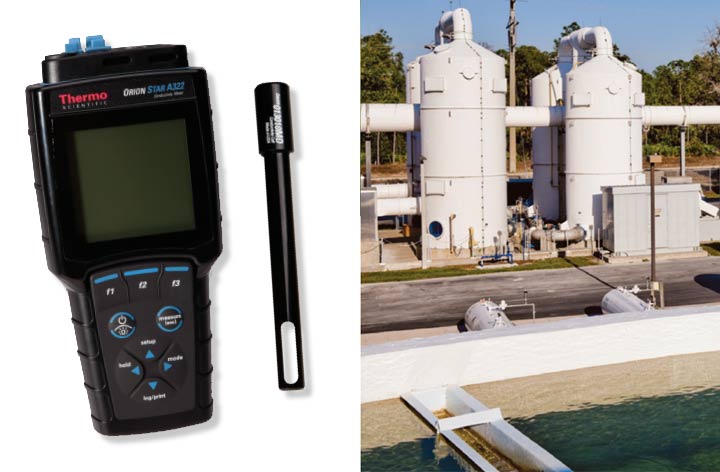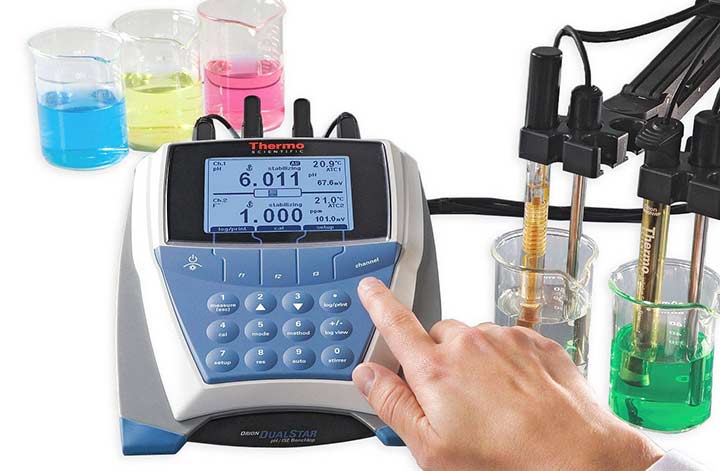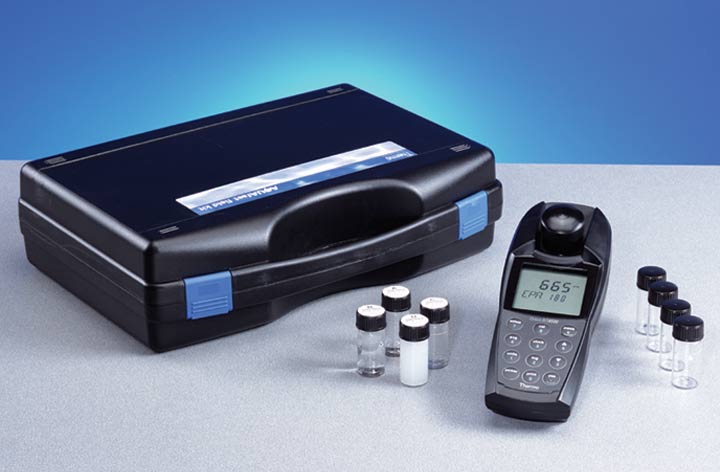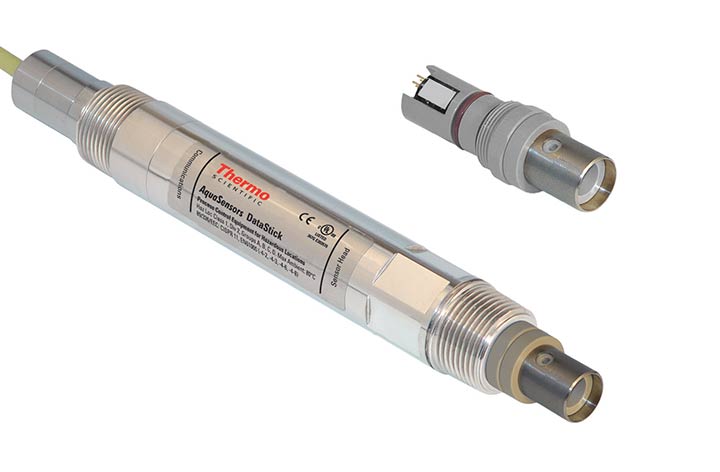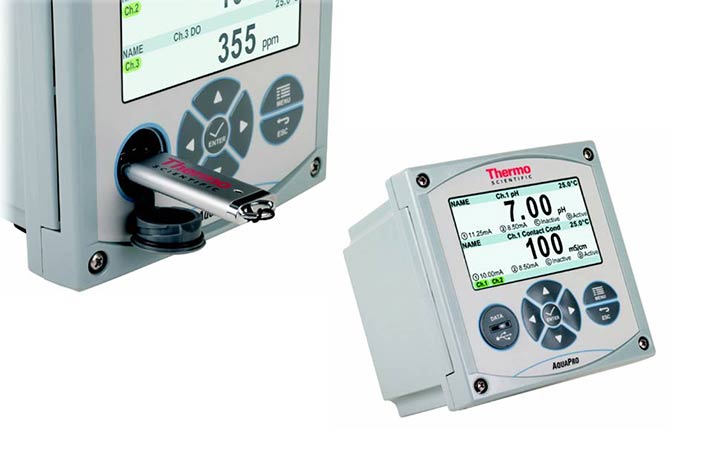pH Measurement - A Guide to Monitoring
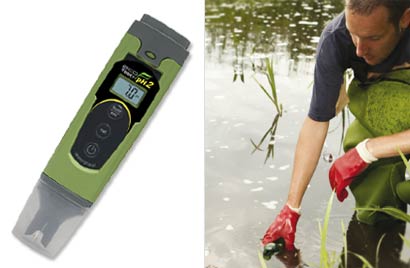 pH is related to the concentration of hydrogen ions in a solution and is a measure of acidity or alkalinity. In natural ecosystems it can vary from around 4.5, for acid peaty upland waters, to over 10.0 where there is intense photosynthetic activity. pH 7 is considered neutral. pH stands for ‘power of hydrogen’ and the value is determined by the molar concentration of hydrogen ions (H+) ³.
pH is related to the concentration of hydrogen ions in a solution and is a measure of acidity or alkalinity. In natural ecosystems it can vary from around 4.5, for acid peaty upland waters, to over 10.0 where there is intense photosynthetic activity. pH 7 is considered neutral. pH stands for ‘power of hydrogen’ and the value is determined by the molar concentration of hydrogen ions (H+) ³.
The process of photosynthesis by algae and plants uses hydrogen, thus increasing pH levels. Likewise, respiration and decomposition can lower pH levels. If the balance is not right in water, aquatic organisms can be severely harmed. The pH can affect the solubility and toxicity of chemicals and heavy metals in the water.






